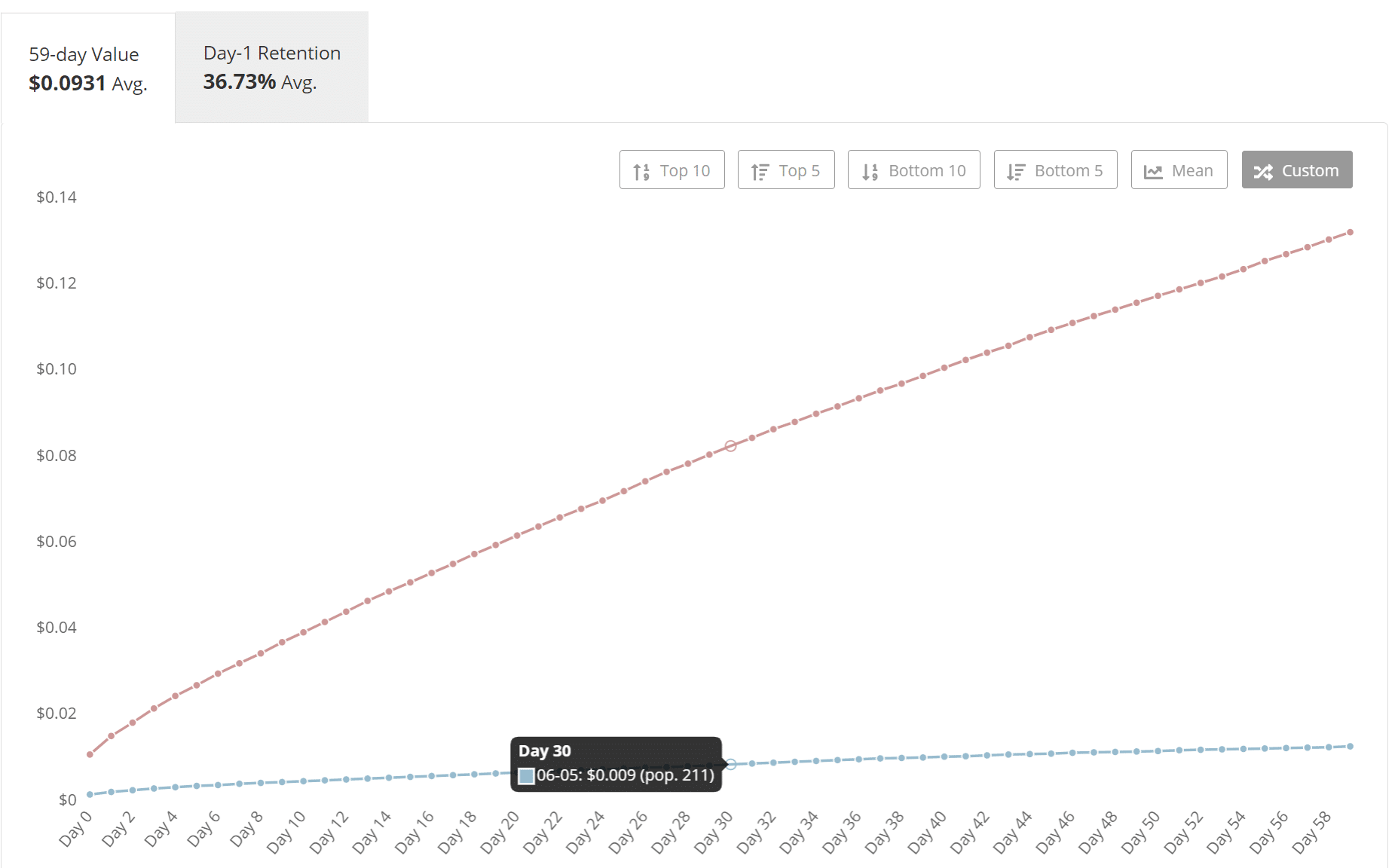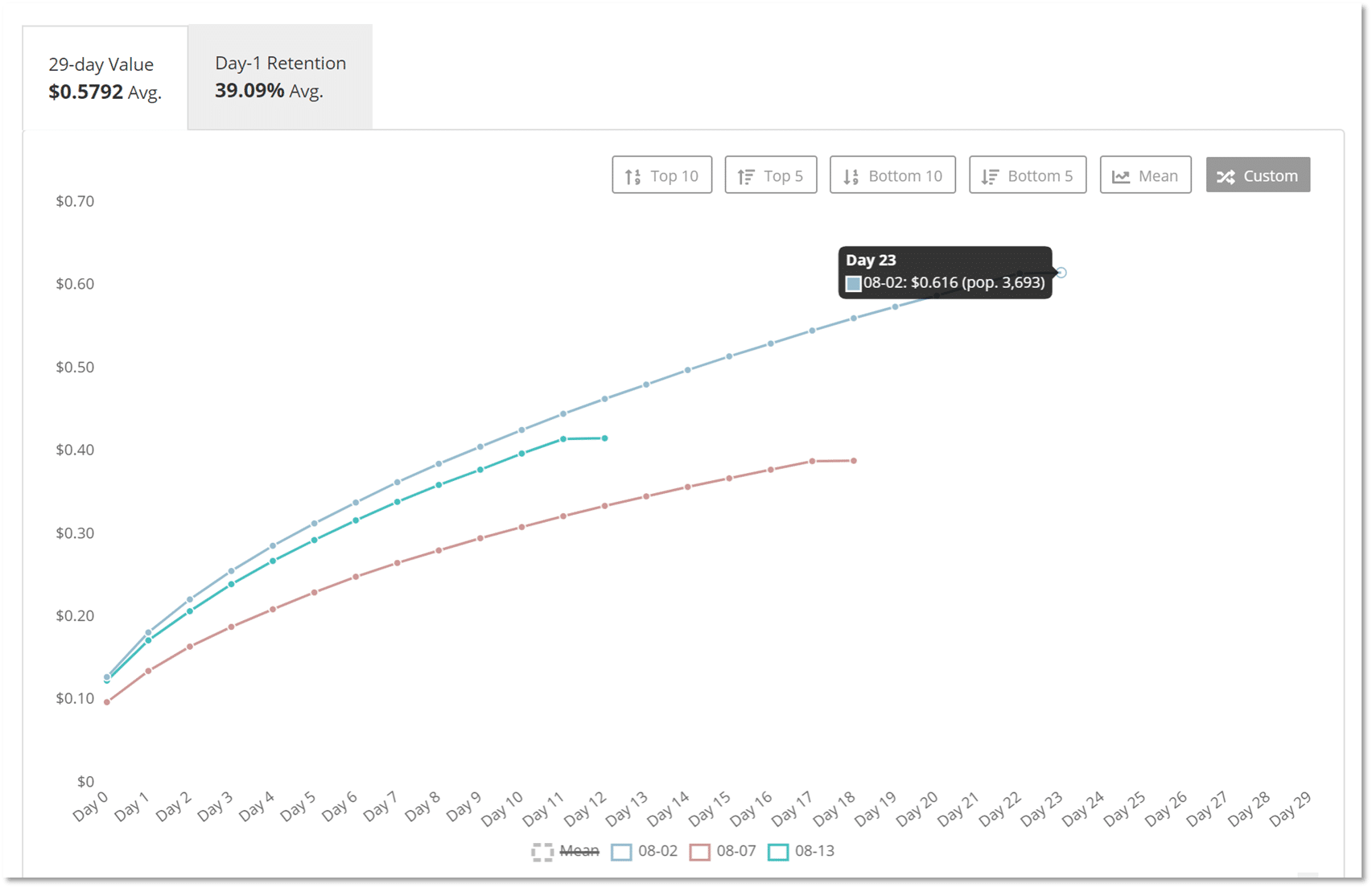Making Better Apps: Using LTV as a success metric: the good, bad and the ugly
Lifetime-value (LTV –sometimes referred to as CLV, or Customer Lifetime Value) is the holy grail of user-metrics for an app developer. It is the representative metric of an app user’s total monetary earnings over the lifetime of using an app. For a mobile app, this combines revenue from in-app purchases, subscriptions and advertising. Different developers have different skews of revenue – a proper LTV incorporates all revenue streams.
This article is designed to help break-down the positives and negatives of using this metric for your mobile app. While it can be a very powerful metric, it can easily lead you astray.

Photo by Jason Goodman on Unsplash
LTV Reporting – The Good:
1. It’s the best metric for acquiring users A few years ago I received a phone call from an app developer who is a friend and also a client: “Hey, I want to start buying users. How should I do that?” Quite inanely I knee-jerk responded: “spend less to buy them than you make on them.”
Back then, it was easier said than done. It was extremely manual to aggregate all revenue-sources then apply them to campaign cohort-retention metrics. Now it’s much easier: we can do it in a day. But the results haven’t changed: bar-none you need to understand your ROI on the users you are buying. Measuring LTV of your campaigns should be your first-step in buying users for your app.
2. It’s the best method for measuring change-impact: Downstream impact is a tough thing to determine. Will ads help revenue but hurt retention? Will those new Reward Video ads keep people engaged more, or will it cannibalize your subscription revenue? To accurately measure these questions you need to trace users through a month of ad-earnings, subscriptions and retention to compare if you’ve positively or negatively impacted your app’s profitability. How do you do this? Simply measure the change-impact of your LTV before and after the change!
- There’s never enough data: If there’s one thing in common all of our customers share, it’s the need to see the data over more time. This is natural, you want to see the campaign’s 30d performance at day 7, do ensure you don’t waste money, or miss an opportunity. While you’ll never have all the data you need, our customers have relied on comparative trends to make decisions on incomplete data. By comparing your incomplete dataset against a mature cohort or campaign you should be able to make accurate decisions before your data fully matures.
- Averages won’t tell you the whole story: Users aren’t created equal and unless you are looking at user-level revenue metrics, you could make the mistake of seeing an early successful campaign where the average revenue-per user isn’t indicative of the campaign’s user-level success.

Photo by Christian Erfurt on Unsplash
LTV Reporting – The Ugly:
- Prices can change: As anyone caught up in the embroiled battled of IDFA on iOS can attest, the mobile market moves quickly. Apple removing the IDFA could have disastrous effect on the advertising industry – we are projecting a “short” term impact of 50% CPM hits – which if you were buying users on a 2-year LTV projection could impact your overall user LTV. Be aware of market-changes that could impact long-term LTV projections.
- Markets can change: One constant among app developers is the constant battle with platforms, policy violations, mysterious traffic alerts, or crashes can drastically impact your user-base and your ability to profit from your user base. If you’re making investments in the future, be aware of your revenue and distribution sources as a potential disruption to business continuity.
While LTV can be a confusing metric to determine and to use, the biggest and most profitable apps in the world are very adept in measuring and comparing their app LTV metrics to find better users and to make their apps better for their users.


